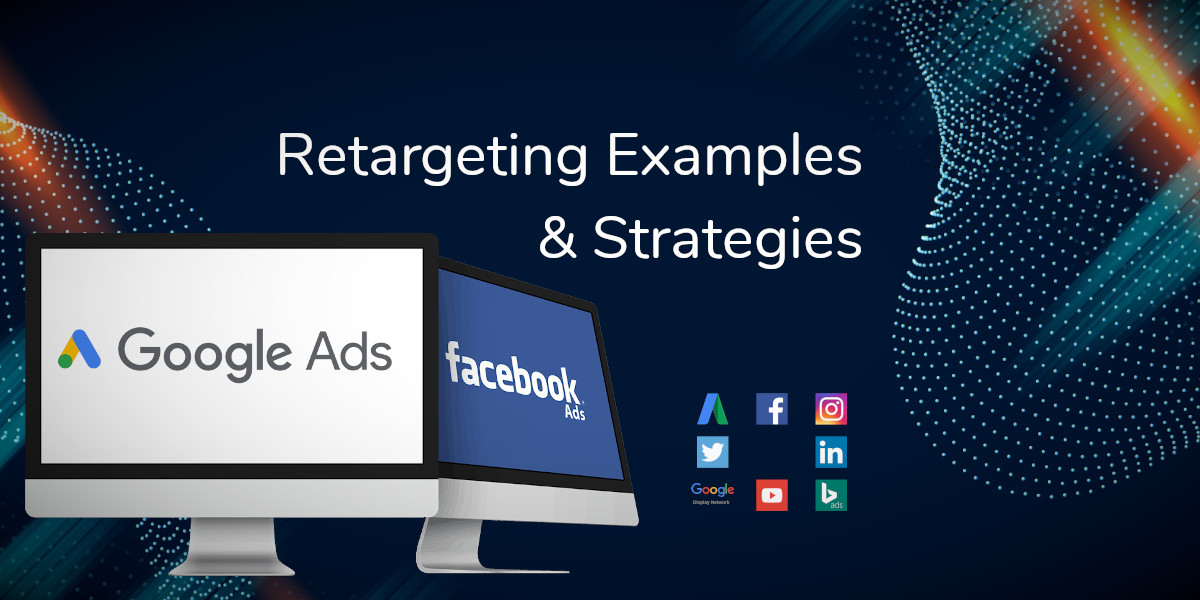This module is part of a free online course where you can learn digital marketing.
Here are some retargeting examples of how to run effective remarketing campaigns on Google & Facebook Ads. As I go through the examples I will be introducing new concepts and more advanced retargeting methods.
- Content (Re)Marketing Bombardment
- URL & Event Based Retargeting – Segmenting Your Audience
- Abandoned Purchase Remarketing
- The Flash Sale – Creating Urgency & FOMO
- Retargeting Existing Customers With Lists
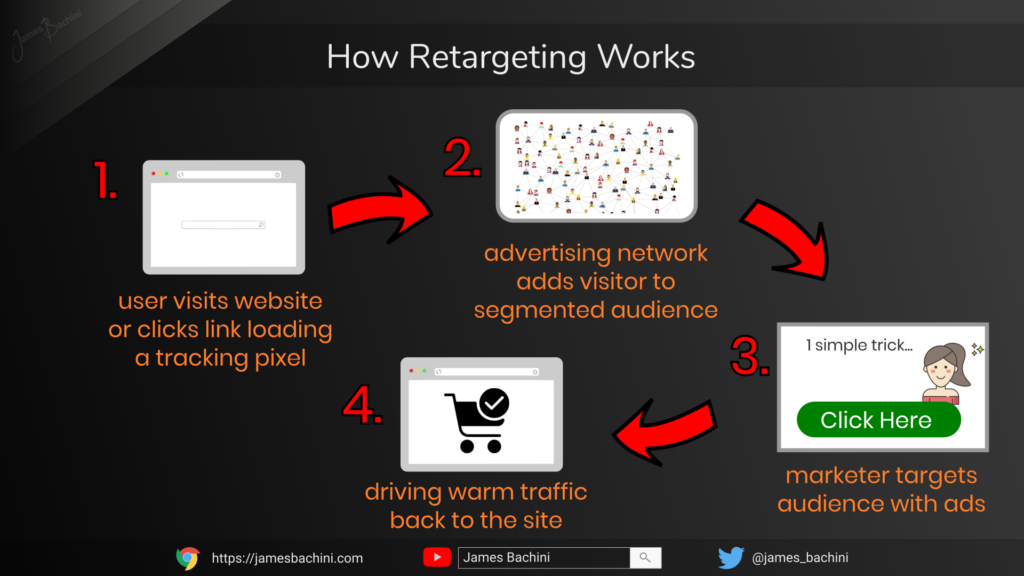
Content (Re)Marketing Bombardment
This strategy is simple. Setup retargeting pixels for Google Ads and Facebook Ads on a website. Then retarget all visitor to that website with a stream of new content.
Combining retargeting with a good content marketing strategy is very powerful. It makes the brand pop and to the consumer it seems like the business is everywhere.

The content to be promoted should be relevant and of the highest possible quality. Each piece is an opportunity to exceed the visitors expectations and build trust.
Content should be up-to-date and having a rotating system of the best ten articles should make it perpetually sustainable.
The final conversion goal should always be considered. Articles should have call to actions somewhere on the page to encourage conversion.
The ten articles can be combined with additional content such as video, surveys, social media promotions and most importantly direct response campaigns.
Let’s look at a retargeting example for a mortgage offer.

Mortgage comparison sites dominate the search engine listings and traffic sources for this niche. Once a visitors has been on the comparison website we can assume they have purchase intent for a mortgage.
We can load retargeting pixels from the website to segment that user in to custom audience. This can be done on most major ad platforms including Google Ads, Facebook Ads, Twitter, Linkedin, Snapchat, Pinterest and many DSP’s such as Sitescout.
This segmented audience is now very valuable because it is so difficult to find an audience of consumers that are currently looking to get a mortgage and thinking of moving home.
We can run ads to articles which have conversion agendas such as:
- You Might Be Able To Get A Better Mortgage Than You Thought In 2020
- 7 Tips For Getting The Best Rate On Your Mortgage
- One Simple Trick To Finding A Mortgage Online
Each article would have a “how much can I borrow” direct response lead capture form.
We can combine this with compelling ads leading to a direct response lander that captures a lead as well.
Leads get sent to a sales team for completing a mortgage in principle application.
There are secondary effects of the content remarketing strategy. It develops niche authority and can gain SEO and social signals from promoting the articles.
URL & Event Based Retargeting – Segmenting Your Audience
This strategy divides an audience further by capturing a custom audience based on the URL they have visited on the website.
Once a retargeting pixel is set up across a site the marketer can go into the ad platform and create audiences based on URL searches.

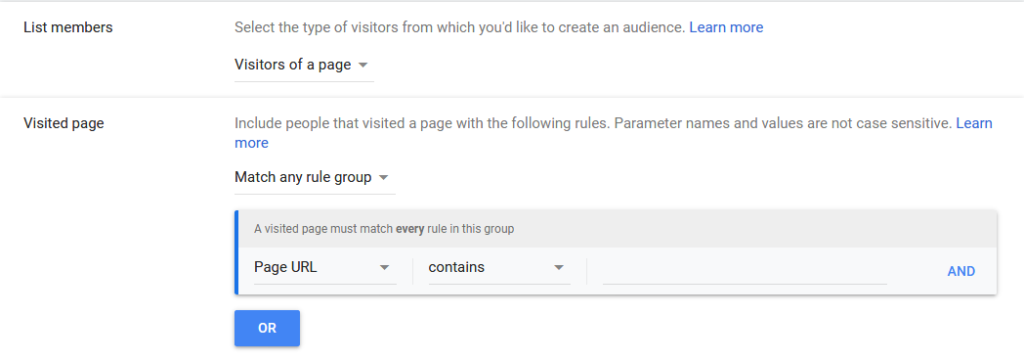
We can then run ads to visitors that have been on specific pages within the site. We can take this further on Google Ads Audience Manager & Facebook Ads Audiences by narrowing the audience by time spent on site or specific conversion events. So we could segment visitors that viewed a specific page, spent more than 5 mins on site but didn’t complete xyz conversion event.
This opens up a lot of options such as:-
- Remarketing to specific languages on a global website
- Remarketing to different topic niches within a broader website
- Remarketing to members who have logged in
- Running targeted special offers such as “free delivery” to someone that visited the delivery information page but didn’t check out.
- Remarketing to the most engaged audience by time on site or by firing conversion events for repeat visits
- Staged retargeting where we show lander 3 ads only to visitors that have been lander2.html setting up a conversion ladder
The possibilities here are endless. Ultimately at any stage in the customer journey we can segment an audience by URL or by firing a Javascript event and then retargeting that audience.
Abandoned Purchase Remarketing
Numerous studies suggest that the industry average for shopping cart abandonment lies between 60-80%. This means that for every ten visitors that add a product to the cart only three of them complete the checkout process.
The 70%~ of visitors that abandoned their carts obviously have some level of purchase intent. They form a perfect audience for remarketing campaigns.
The audience can be segmented by Javascript events based on users that added to cart and then narrowed to users that didn’t checkout. When using platforms like Shopify this data is already being sent across automatically.
Remarketing campaigns can then be setup with promotions such as “free delivery” or “flash sale coupons”. These types of promotions are usually highly effective with high return on ad spend and limited volumes.
The volume is limited by two factors how many visitors the site has and how long the marketer continues to retarget that audience for after the abandoned cart event.

The longer we target the audience the lower the ROAS but higher the volumes. Setting up multiple audiences for different membership durations such as 1 day, 3 days, 7 days, 14 days, 30 days, 90 days is easy to test. There isn’t a one optimal duration that fits all industries.
Different offers/promotions can be run to different membership duration audiences such as:-
- First 24 hours, run a product based retargeting campaign at max bid
- First 7 days, run a “free delivery coupon” promotion
- First 30 days, run a survey lander re-engagement campaign
- First 540 days, run content remarketing strategy at slightly higher bid
Product Catalogues
Retargeting ads can be setup to display ads containing the exact products that were added to cart. To do this we can setup product catalogues
With Facebook Catalogues marketers can create a collection of products that contains data such as titles, images, descriptions, prices, variants.
This data can then be used to create dynamic ads to automatically show ads to consumers that have showed purchase intent in each product.
Catalogues can be added manually or automatically generated from the following platforms:
- Shopify
- BigCommerce
- Magento
- OpenCart
- WooCommerce
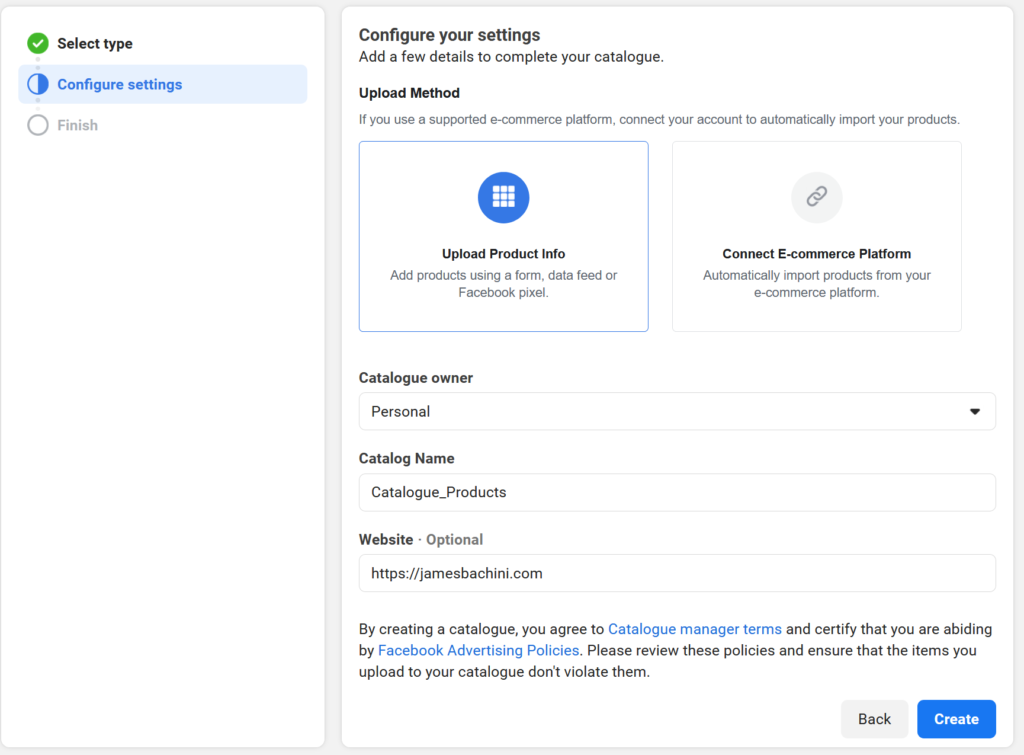
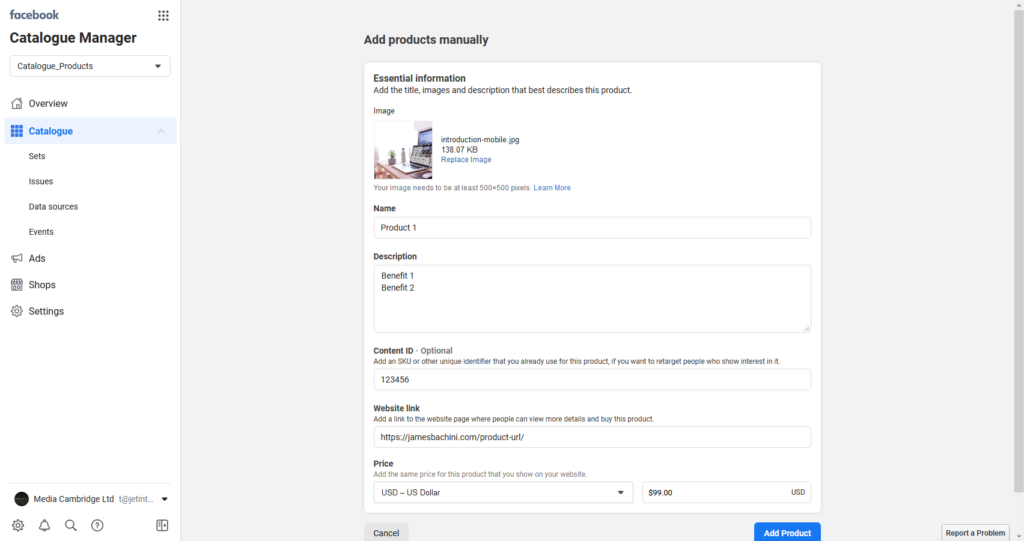
The Flash Sale – Creating Urgency & FOMO
The flash sale is a wonderful concept which became popular when Groupon dominated the affiliate marketing space around 2010. It works so well because it creates urgency through fear of missing out (FOMO).
By providing a discount for a very limited time period the consumer is compelled to take action right now. This converts very well and can generate sales to an offer or product that had previously been dismissed.
The most important thing is to block existing customers from this promotion type. The marketer doesn’t want to isolate customers that have paid full price and induce regret unless the products and services are particularly suited to repeat purchases.
To ensure we don’t advertise the flash sale to customers that completed a purchase we can set up two audience segmentation factors.
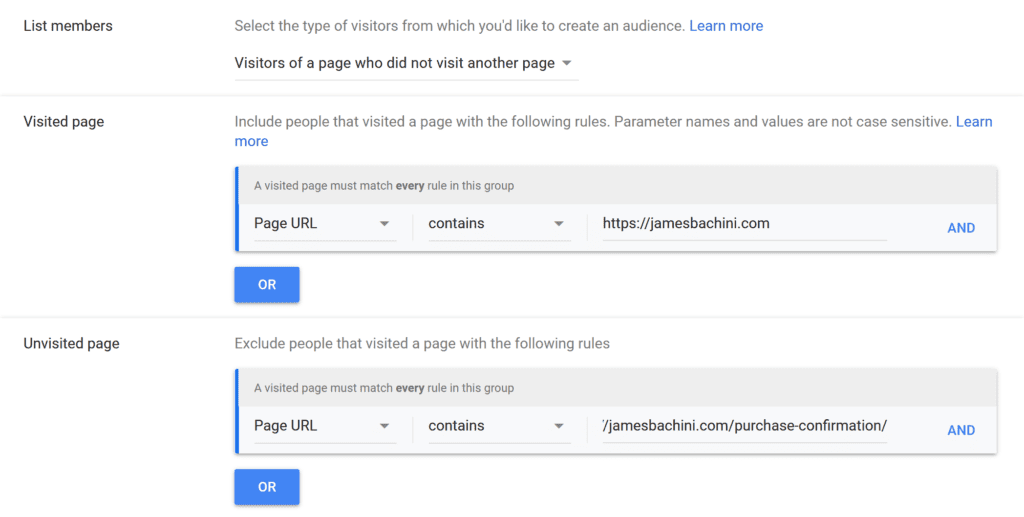
Another method to achieve the same result is to create two audiences and then advertise to visitors and block customers at ad campaign level.
Retargeting Existing Customers With Lists
We can create a custom audience from a list of email addresses.
- Facebook Ads – Available as default
- Google Ads – Option available to accounts over 90 days old with lifetime ad spend over $50,000 USD
Format the list in to a csv dataset which is just a text file with comma separated columns and new lines for each row like below:-
email, fn, ln
[email protected], James, Bachini
[email protected], John, Smith
[email protected], Joe, BloggsSave that as my-customers.csv and upload it to the ad network.
The ad network will match the emails with their user base and the marketer can then run retargeting ads at the email list.
There are privacy considerations with handling and sharing user data so check local guidelines and legal requirements.
5 Retargeting Examples [Video]

This article is part of a free online course where you can learn digital marketing.
If you’ve enjoyed these resources could you help share this content on social media and send it to anyone who you think might benefit from it.
Thank you.


